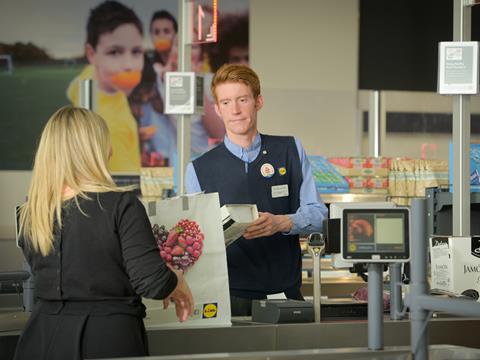
The UK grocery market posted its best growth figures since 2013 over Easter, according to the latest market share figures released this week, but signs are growing that the mults are coming under renewed pressure from the resurgent discounters.
Kantar Worldpanel found that during the 12 weeks ending 23 April 2017 overall grocery sales grew by 3.7% - the fastest rate for over three and a half years and worth almost £1bn in additional sales to the industry. All 10 major grocers were in growth for the first time since September 2013 as booming sales over Easter boosted the sector.
Similarly, Nielsen found year-on-year takings at supermarket tills during the four weeks ending 22 April rose 8.6%, while volumes were up 3.2%. Even excluding the distortion caused by the late timing of Easter, annual growth across the last eight-week period was 2.8%, which represents the highest growth this year.Kantar’s 12-week growth figures showed better sales momentum across the mults, with an average of a 2.3 percentage point sales increase since the previous 12-week period and Asda moving back into positive growth for the first time since October 2014.
However, the stand-out performers were Aldi and Lidl, intensifying market fears that rising food prices are playing back into the hands of the discounters.
Over the 12 weeks, Aldi’s sales rose 18.3%, up from a growth rate of 14.3% in the previous 12-week period, while Lidl’s sales jumped 17.8% having posted growth of 15% in the last period.
Aldi’s growth rate represents its best sales period since March 2015, while Lidl is at its highest point since March 2016.
The figures are even more stark for the four-week period including Easter, where Aldi’s sales growth rocketed to 21.1% and Lidl’s 19.4%.
This gives the discounters an all-time collective four-week market share high of 10.6% and marks a dramatic reversal of their recent declining growth trend.
Intense price competition amid long-standing food price deflation had previously helped the mults close the price gap to the discounters and begun to stunt their sales growth.
Lidl’s 12-week sales growth fell as low as 5% over Christmas 2016, - which analysts suggested meant the supermarket had slipped into negative like-for-like sales territory with growth only driven by new openings - while Aldi’s sales growth was as low as 10% over the same period.
But the onset of food price inflation in 2017 has reversed this trend .
Kantar calculated that food prices rose by 2.6% for the 12 weeks to 23 April.
Aldi UK CEO Matthew Barnes said: “Rising inflation and the wider uncertainty in the UK economy are reminding customers of the importance of shopping for outstanding quality food and drink at the lowest prices. With Aldi, they know that’s exactly what they’re getting.”
Although inflation has helped grow top-line sales at the mults, their market share is increasing to erode.
The big four’s collective market share has continued to erode to 71% compared with 72.7% in May 2016 and as much as 81.2% in May 2013., which is a faster rate of decline than the drop from their share of 73.8% in May 2015. The big four held 81.2% of the market in the same period in 2013.
Alastair Lockhart, insight director at Savvy, predicted the pressure on the big four from the discounters could continue to intensify: “The discounters still have substantial scope to open new stores and gain new customers in the south east of England.”








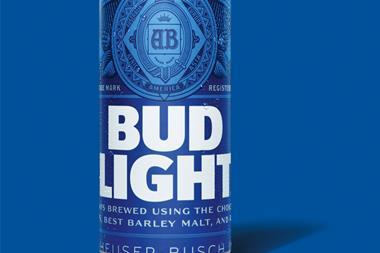
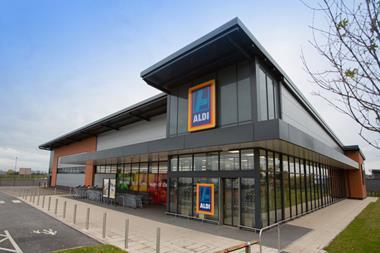
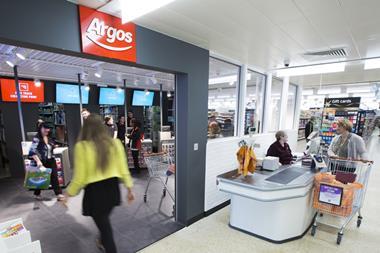
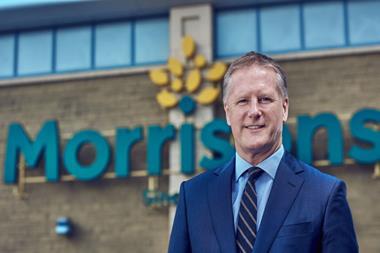
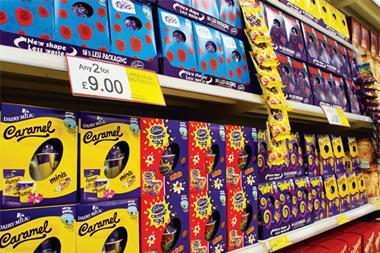

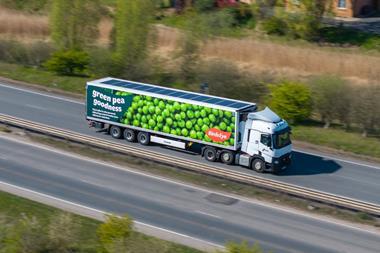



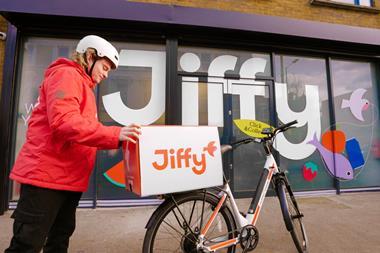
No comments yet